Grow Mint Indoors? Absolutely! Imagine stepping into your kitchen and snipping fresh, fragrant mint leaves for your morning tea, a refreshing mojito, or a flavorful addition to your favorite dishes. No more last-minute grocery store runs or settling for wilted, sad-looking mint from the produce aisle. This isn’t just a dream; it’s an achievable reality with a few simple DIY tricks.
Mint, with its vibrant history stretching back to ancient Egypt where it was used for medicinal purposes and in religious ceremonies, has always been cherished for its invigorating aroma and versatile uses. Today, we’re bringing this ancient herb into the modern home, regardless of your outdoor space.
Why should you learn how to grow mint indoors? Well, for starters, it’s incredibly rewarding! Plus, having fresh herbs readily available elevates your cooking and cocktail game. But more importantly, controlling the growing environment indoors allows you to enjoy fresh mint year-round, protected from pests and harsh weather. I’m going to show you some easy and effective DIY methods that will have you harvesting your own homegrown mint in no time. Get ready to unleash your inner gardener and transform your windowsill into a fragrant, green oasis!
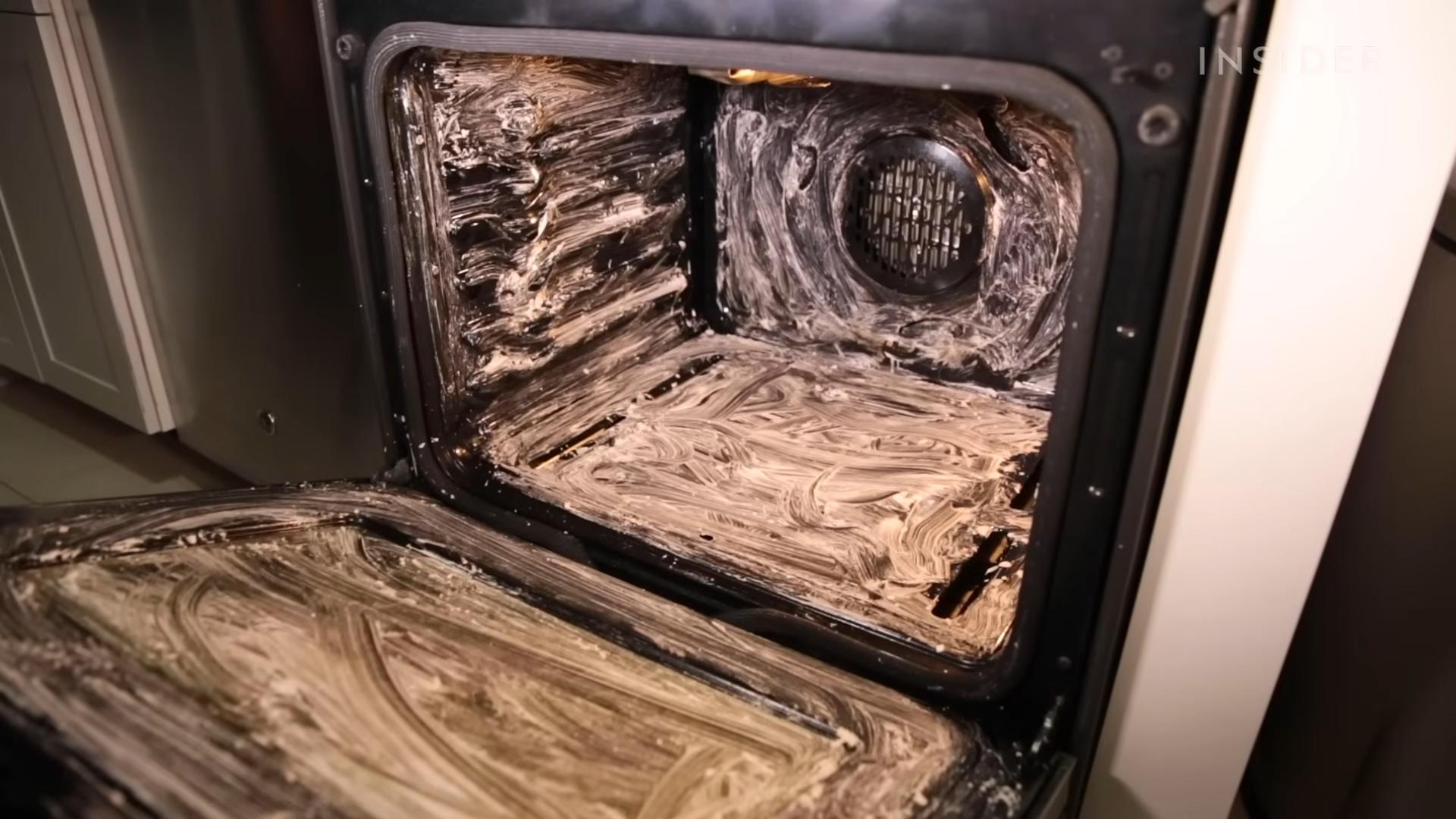
Grow Your Own Mint Magic Indoors!
Hey there, fellow plant enthusiasts! Ever dreamt of having fresh, fragrant mint at your fingertips, ready to brighten up your tea, cocktails, or culinary creations? Well, guess what? You can absolutely grow mint indoors, and it’s easier than you might think! I’m going to walk you through everything you need to know to cultivate your own little mint oasis right inside your home. Let’s get started!
Choosing Your Mint Variety
First things first, let’s talk mint varieties. There’s a whole world of mint out there, from classic peppermint and spearmint to chocolate mint, orange mint, and even pineapple mint! Each has its own unique flavor profile, so the best choice really depends on your personal preferences.
* Peppermint: A strong, refreshing flavor, perfect for teas and desserts.
* Spearmint: A milder, sweeter flavor, great for mojitos and savory dishes.
* Chocolate Mint: A hint of chocolatey goodness, delicious in desserts and drinks.
* Orange Mint: A citrusy twist, adds a bright flavor to salads and teas.
* Pineapple Mint: A tropical aroma and flavor, ideal for fruit salads and cocktails.
I recommend starting with a variety you know you’ll enjoy using. You can always expand your collection later!
Gathering Your Supplies
Okay, now that you’ve chosen your mint, let’s gather the necessary supplies. Here’s what you’ll need:
* Mint Plant or Cuttings: You can purchase a small mint plant from a local nursery or garden center. Alternatively, you can propagate mint from cuttings (more on that later!).
* Pot: Choose a pot that’s at least 6 inches in diameter and has drainage holes. Mint likes to spread, so a slightly larger pot is always a good idea.
* Potting Mix: Use a well-draining potting mix. Avoid using garden soil, as it can become compacted and doesn’t drain well in containers.
* Watering Can or Spray Bottle: For watering your mint.
* Sunny Location: A spot that receives at least 4-6 hours of sunlight per day. A south-facing window is ideal.
* Optional: Grow light (if you don’t have enough natural light), fertilizer (organic is best).
Planting Your Mint
Alright, let’s get our hands dirty! Here’s how to plant your mint:
1. Prepare the Pot: Fill the pot with potting mix, leaving about an inch of space at the top.
2. Plant the Mint: If you’re using a plant, gently remove it from its nursery container and loosen the roots slightly. Place the plant in the center of the pot and fill in around it with potting mix. If you’re using cuttings, skip to the “Propagating Mint from Cuttings” section below.
3. Water Thoroughly: Water the mint until the water drains out of the bottom of the pot. This will help settle the soil and ensure the roots are well-hydrated.
4. Place in a Sunny Location: Put your newly planted mint in a sunny spot.
Propagating Mint from Cuttings
Want to multiply your mint without spending extra money? Propagating from cuttings is a fantastic way to do it! Here’s how:
1. Take Cuttings: Using clean scissors or pruning shears, take cuttings that are about 4-6 inches long. Cut just below a leaf node (the point where a leaf grows from the stem).
2. Remove Lower Leaves: Remove the leaves from the bottom 1-2 inches of the cutting. This will prevent them from rotting when submerged in water.
3. Rooting in Water: Place the cuttings in a glass or jar filled with water, making sure the bottom nodes are submerged.
4. Wait for Roots: Place the jar in a bright, indirect light location. Change the water every few days. You should see roots starting to form in about a week or two.
5. Plant the Cuttings: Once the roots are about an inch long, you can plant the cuttings in a pot filled with potting mix, following the planting instructions above.
Caring for Your Indoor Mint
Now that your mint is planted, it’s time to learn how to keep it happy and healthy. Here’s what you need to know:
* Watering: Mint likes to be kept consistently moist, but not soggy. Water when the top inch of soil feels dry to the touch. Avoid overwatering, as this can lead to root rot.
* Sunlight: Mint needs at least 4-6 hours of sunlight per day. If you don’t have enough natural light, you can supplement with a grow light.
* Fertilizing: Feed your mint with a balanced organic fertilizer every 2-4 weeks during the growing season (spring and summer).
* Pruning: Regular pruning is essential for keeping your mint bushy and productive. Pinch off the top leaves regularly to encourage branching. You can also remove any yellowing or dead leaves.
* Pest Control: Keep an eye out for pests like aphids, spider mites, and whiteflies. If you spot any pests, you can try spraying them with insecticidal soap or neem oil.
* Repotting: Mint is a fast grower and can quickly outgrow its pot. Repot your mint into a larger pot every year or two.
Harvesting Your Mint
The best part about growing your own mint is, of course, harvesting it! Here’s how to harvest your mint:
1. Harvest Regularly: The more you harvest, the more your mint will grow!
2. Pinch or Cut: Pinch off or cut stems just above a leaf node.
3. Use Fresh or Dry: You can use your mint fresh or dry it for later use. To dry mint, hang the stems upside down in a cool, dry place until they are completely dry.
Troubleshooting Common Mint Problems
Even with the best care, you might encounter some problems with your mint. Here are some common issues and how to fix them:
* Yellowing Leaves: This could be a sign of overwatering, underwatering, or nutrient deficiency. Adjust your watering schedule and fertilize your mint if necessary.
* Leggy Growth: This is usually caused by insufficient light. Move your mint to a sunnier location or supplement with a grow light.
* Pests: As mentioned earlier, keep an eye out for pests and treat them accordingly.
* Root Rot: This is caused by overwatering. Make sure your pot has drainage holes and allow the soil to dry out slightly between waterings.
Preventing Mint from Taking Over
Mint is notorious for being invasive, so it’s important to take steps to prevent it from spreading beyond its pot.
* Containment: Growing mint in a pot is the best way to contain it.
* Pruning: Regular pruning will help keep your mint in check.
* Deadheading: Remove any flowers that form to prevent the plant from self-seeding.
Enjoying Your Homegrown Mint
Now that you’ve successfully grown your own mint indoors, it’s time to enjoy the fruits (or rather, leaves!) of your labor. Here are just a few ways to use your fresh mint:
* Tea: Add fresh mint leaves to hot water for a refreshing and soothing tea.
* Cocktails: Muddle mint leaves in mojitos, mint juleps, and other cocktails.
* Salads: Add chopped mint to salads for a burst of flavor.
* Desserts: Use mint to garnish desserts or add it to ice cream, chocolate, and other sweet treats.
* Savory Dishes: Mint can also be used in savory dishes, such as lamb, chicken, and vegetables.
A Few Extra Tips for Mint-Growing Success
* Rotate Your Pot: Rotate your pot regularly to ensure that all sides of the plant receive equal sunlight.
* Clean Your Leaves: Wipe down the leaves occasionally to remove dust and debris.
* Don’t Be Afraid to Experiment: Try different varieties of mint and see which ones you like best.
Growing mint indoors is a rewarding experience that will provide you with fresh, flavorful herbs year-round. With a little care and attention, you can enjoy the magic of homegrown mint right in your own home. Happy growing!
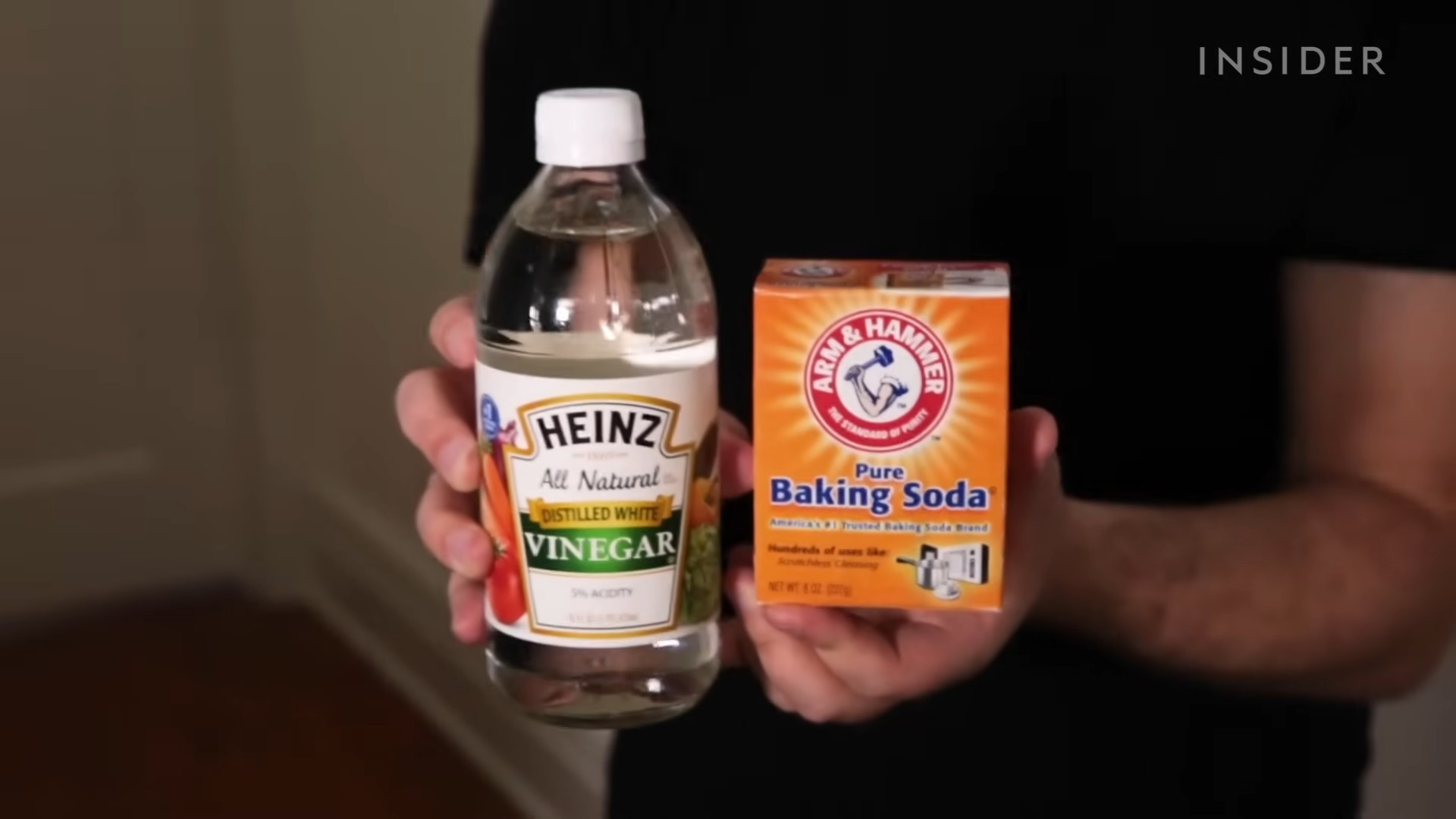
Conclusion
So, there you have it! Growing mint indoors is not only achievable, but it’s also incredibly rewarding. Imagine having fresh, vibrant mint leaves at your fingertips, ready to elevate your culinary creations, infuse your beverages with a refreshing zest, or simply add a touch of aromatic greenery to your home. This DIY trick is a must-try for anyone who appreciates fresh herbs, regardless of their gardening experience. It’s a simple, cost-effective, and sustainable way to enjoy the benefits of homegrown mint year-round.
The beauty of growing mint indoors lies in its versatility. Feel free to experiment with different varieties of mint, such as peppermint, spearmint, chocolate mint, or even apple mint. Each variety offers a unique flavor profile that can enhance a wide range of dishes and drinks. You can also get creative with your containers. While a standard pot works perfectly well, consider using repurposed jars, hanging baskets, or even a vertical garden setup to add a touch of personality to your indoor mint garden.
Don’t be afraid to experiment with different light conditions and watering schedules to find what works best for your specific environment. Remember, consistent moisture is key, but avoid overwatering, which can lead to root rot. Observe your mint plant closely and adjust your care routine accordingly.
We’re confident that you’ll find growing mint indoors to be a delightful and fulfilling experience. It’s a simple way to bring a touch of nature into your home and enjoy the fresh, vibrant flavor of homegrown herbs. So, grab a pot, some soil, and a mint cutting or seeds, and get started today! We encourage you to try this DIY trick and share your experiences with us. Let us know what varieties of mint you’re growing, what challenges you’ve encountered, and what tips you’ve discovered along the way. Your feedback will help us refine this guide and inspire others to embark on their own indoor mint-growing adventures. Share your pictures and stories in the comments below – we can’t wait to see your thriving indoor mint gardens!
Frequently Asked Questions (FAQs)
Why should I grow mint indoors instead of buying it from the store?
Growing mint indoors offers several advantages over buying it from the store. First and foremost, it’s much fresher. Store-bought mint often wilts quickly, while homegrown mint can be harvested just before you need it, ensuring maximum flavor and aroma. Secondly, it’s more cost-effective in the long run. A single mint plant can provide you with a continuous supply of fresh herbs for months, if not years, eliminating the need to constantly purchase expensive bunches from the grocery store. Thirdly, it’s more sustainable. Growing your own mint reduces your reliance on commercially grown herbs, which often involve pesticides, long-distance transportation, and excessive packaging. Finally, it’s simply more rewarding. There’s something incredibly satisfying about nurturing a plant from a small cutting or seed and watching it thrive under your care.
What kind of pot and soil should I use for growing mint indoors?
For growing mint indoors, choose a pot that is at least 6 inches in diameter and has drainage holes. Mint prefers well-draining soil, so a good potting mix is essential. You can use a standard potting mix or create your own by combining equal parts of potting soil, perlite, and compost. The perlite will help improve drainage, while the compost will provide essential nutrients for the mint plant. Avoid using garden soil, as it can be too heavy and may contain pests or diseases.
How much sunlight does indoor mint need?
Mint thrives in bright, indirect sunlight. Aim for at least 4-6 hours of sunlight per day. If you don’t have a sunny windowsill, you can supplement with a grow light. Place the grow light about 6-12 inches above the mint plant and keep it on for 12-14 hours per day. Rotate the pot regularly to ensure that all sides of the plant receive adequate light.
How often should I water my indoor mint plant?
Water your indoor mint plant regularly, keeping the soil consistently moist but not waterlogged. Check the soil moisture by sticking your finger about an inch deep into the soil. If the soil feels dry, it’s time to water. Water thoroughly until excess water drains out of the drainage holes. Avoid letting the pot sit in standing water, as this can lead to root rot. In general, you’ll need to water your mint plant more frequently during the warmer months and less frequently during the cooler months.
How do I harvest mint leaves from my indoor plant?
Harvest mint leaves by pinching or cutting off the stems just above a leaf node (the point where a leaf grows out of the stem). This will encourage the plant to branch out and produce more leaves. Avoid removing more than one-third of the plant at a time, as this can stress the plant. Harvest mint leaves regularly to keep the plant compact and prevent it from flowering.
My indoor mint plant is getting leggy. What should I do?
If your indoor mint plant is getting leggy (long, spindly stems with few leaves), it’s likely not getting enough light. Move the plant to a sunnier location or supplement with a grow light. You can also prune the leggy stems back to encourage bushier growth.
How do I propagate mint from cuttings?
Propagating mint from cuttings is a simple and effective way to create new mint plants. Take a 4-6 inch cutting from a healthy mint stem, removing the lower leaves. Place the cutting in a glass of water, making sure that the lower nodes are submerged. Change the water every few days. After a few weeks, roots will begin to form. Once the roots are about an inch long, you can transplant the cutting into a pot filled with potting mix.
Can I grow different varieties of mint together in the same pot?
It’s generally not recommended to grow different varieties of mint together in the same pot. Mint is a vigorous grower and can quickly spread and take over other plants. Different varieties of mint may also cross-pollinate, resulting in unpredictable flavor combinations. If you want to grow multiple varieties of mint, it’s best to keep them in separate pots.
My mint plant has developed brown spots on the leaves. What could be the cause?
Brown spots on mint leaves can be caused by several factors, including fungal diseases, pests, or nutrient deficiencies. Check the leaves carefully for signs of pests, such as aphids or spider mites. If you find pests, treat the plant with an insecticidal soap or neem oil. If you don’t see any pests, the brown spots may be caused by a fungal disease. Remove any affected leaves and treat the plant with a fungicide. Nutrient deficiencies can also cause brown spots on mint leaves. Make sure you’re using a good quality potting mix and fertilizing the plant regularly with a balanced fertilizer.
Is mint invasive? Will it take over my garden if I plant it outside?
Yes, mint is known to be invasive and can quickly spread through underground runners. If you plant mint outside, it’s best to contain it in a pot or raised bed to prevent it from taking over your garden. You can also bury a barrier around the planting area to prevent the runners from spreading. Even when contained, monitor the plant and trim back any runners that escape.

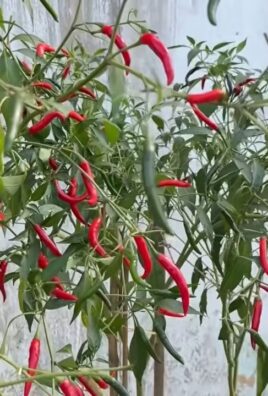
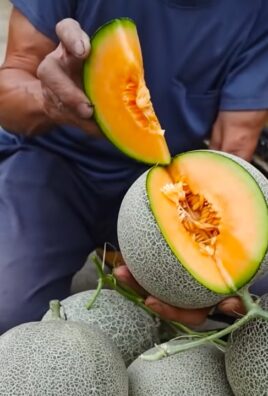
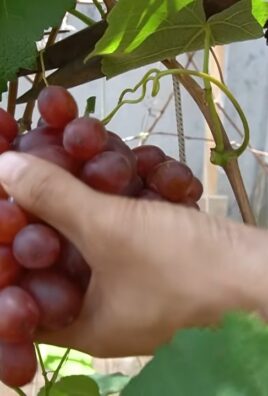
Leave a Comment